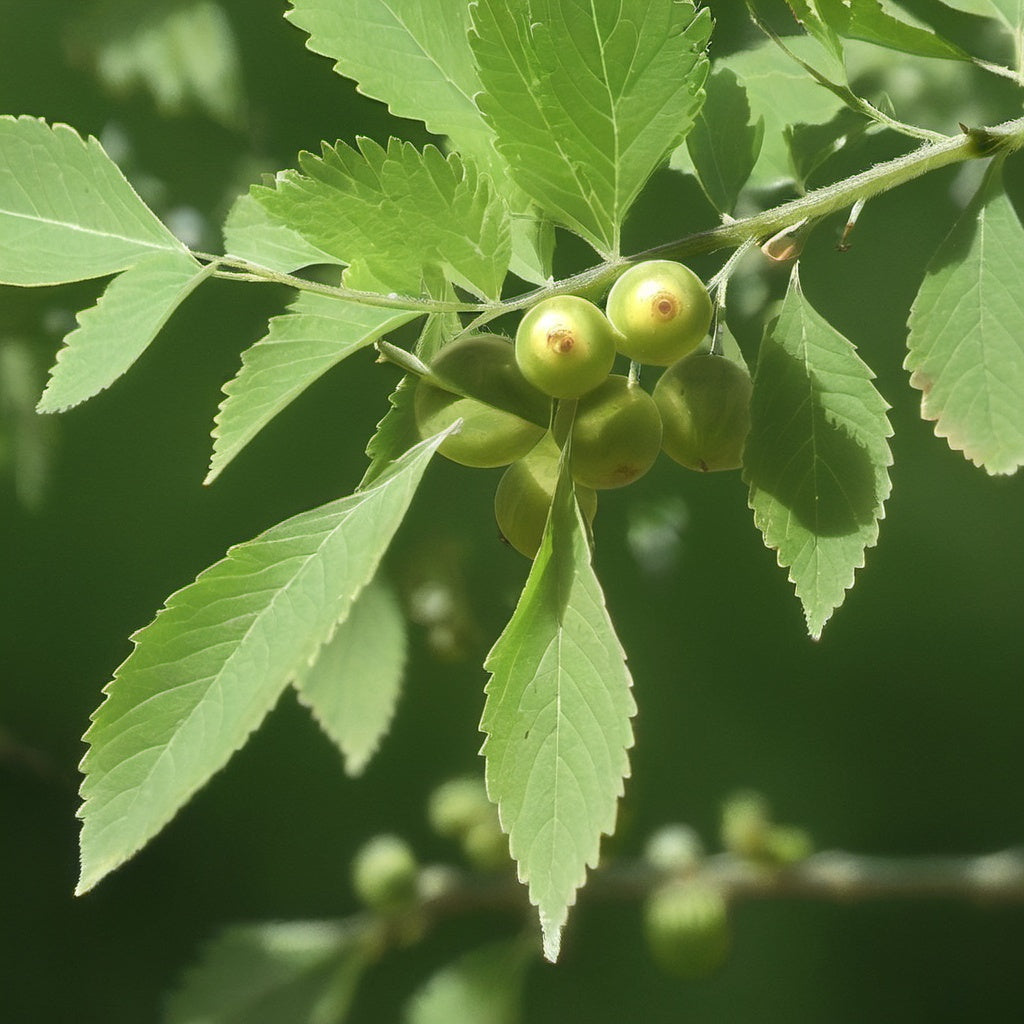Chinese Elm Tree Seeds
Chinese Elm Tree Seeds
Couldn't load pickup availability
Chinese Elm Tree Seeds
(Ulmus parvifolia wings)
Ulmus parvifolia, commonly known as the Chinese Elm or Lacebark Elm, is a deciduous or semi-evergreen tree native to eastern Asia, including China, Korea, and Japan. It is widely appreciated for its ornamental value, particularly in landscaping and urban environments, due to its tolerance for pollution, pests, and challenging soil conditions.
Key Characteristics:
- Size: Chinese Elms typically grow to a height of 40-60 feet (12-18 meters) and can have a spread of up to 50 feet (15 meters).
- Leaves: The leaves are small, 2-5 cm long, ovate, with a serrated margin. They are dark green in summer and turn a yellow or reddish-purple in autumn.
- Bark: One of the most attractive features of the Chinese Elm tree is its distinctive exfoliating bark. As the tree matures, the bark peels away in patches, revealing mottled shades of gray, green, orange, and brown.
- Flowers and Fruit: It produces small, inconspicuous flowers in late summer, followed by winged seeds (samaras) that are also not particularly showy.
- Growth: This species is fast-growing and has a rounded canopy. It is often used as a street or shade tree and in bonsai due to its attractive form and ease of care.
Tolerance and Uses:
- Pest Resistance: Unlike many other elm species, Chinese Elm is highly resistant to Dutch elm disease and the elm leaf beetle.
- Soil and Climate: It thrives in well-drained soils but can tolerate poor soil conditions. It is drought-tolerant once established and grows well in USDA zones 5-9.
- Ornamental Use: Due to its attractive foliage, bark, and adaptability, it is widely planted in parks, gardens, and urban landscapes. It's also a popular choice for bonsai enthusiasts.
Zones: 5 to 8
Germination Range: 50-70%
Stratification Requirement: We recommend 30-60 days cold moist stratification.
Planting Instructions:
The seeds of the Chinese Elm tree often have a better chance of germination if subjected to a cold stratification process. This mimics the natural conditions they experience over winter, helping to break seed dormancy. To do this, place the seeds in a plastic bag with moist seed starting mix and refrigerate them for about 30 to 60 days. This cold treatment encourages faster and more reliable germination once planted.
Prepare a well-draining seedbed with seed starting soil and a mix of loam, as Chinese elms thrive in slightly acidic to neutral soil (pH 6.0-7.0). Sow the stratified seeds about ¼ inch deep in the soil, spacing them out to avoid overcrowding. After sowing, gently water the soil to ensure it remains moist but not waterlogged. For outdoor planting, it is best to sow the seeds in early spring, once the risk of frost has passed. If planting indoors, place the pots in a warm, bright spot, ideally maintaining a temperature of 65-75°F for optimal growth.
Once the seeds have germinated, which typically occurs within 2 to 4 weeks, continue to monitor moisture levels carefully. The seedlings will need consistent, light watering, avoiding both overwatering and drought. As the young plants develop their first true leaves, they can be thinned or transplanted to larger containers. Allow the seedlings to grow and establish themselves before planting them outdoors in their permanent location, ideally after they have grown several inches tall.
Share


